Custom vs Standard Metal Fabrication: What’s Best for Your Budget?
When starting a metal fabrication project, one of the first decisions you’ll need to make is whether to go for custom metal fabrication or stick with standard options. The right choice can significantly impact your budget, timeline, and the functionality of your finished product.
In this article, we’ll break down what custom and standard fabrication mean, when to choose each one, and how you can balance performance with cost-effectiveness. Whether you’re working on a small prototype or a large-scale industrial project, this guide will help you make an informed decision.
What Is Custom Metal Fabrication?
Custom metal fabrication refers to designing and manufacturing parts or structures tailored to specific needs. Everything is made to order based on your dimensions, tolerances, materials, and design preferences.
This approach is ideal when:
- Off-the-shelf parts don’t meet your requirements
- You need unique sizes, shapes, or features
- Your project has strict tolerance, function, or aesthetic demands
- You’re working on a specialised product or prototype
Kirmell’s expert team often provides custom fabrication solutions for clients who require high-quality, precise, and functional results tailored to their unique use case.
Check out our Metal Fabrication guide to understand more about the fabrication process and what it entails.
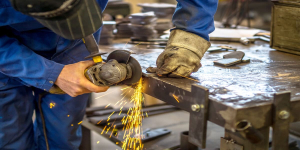
What Is Standard Metal Fabrication?
Standard metal fabrication uses pre-designed, mass-produced parts that meet common industry specifications. These parts are typically available in standard shapes and sizes, like sheet metal, pipes, brackets, or panels.
Standard fabrication is ideal when:
- You need a fast and budget-friendly solution
- You’re building a common structure or product
- Performance and precision are not extremely critical
- Cost and lead time are the top priority
Think of standard fabrication as the “plug-and-play” version of metalwork, perfect for everyday applications that don’t need customisation.
Budgeting for Your Metal Project
Budget is often the deciding factor when it comes to choosing between custom and standard metal fabrication. However, the costs involved go far beyond just the upfront quote. To make a truly smart decision, you need to consider both the short-term price and the long-term investment.
Upfront vs. Long-Term Costs
Custom fabrication typically has a higher initial cost due to design work, one-off tooling, and specialised labour. But if you’re working on a critical application, say a component for aerospace or medical equipment, that extra precision pays off in performance and reliability.
On the other hand, standard parts are often mass-produced, leading to lower per-unit costs. If your design can fit pre-made parts without compromising on quality or functionality, this can drastically reduce expenses.
Material Costs and Waste
With standard fabrication, you may be limited to the materials and sizes available. This can sometimes mean buying more material than necessary, leading to excess waste. Custom fabrication allows you to specify exactly what you need, reducing both material cost and waste.
Check out our guide on How Laser Cutting Reduces Waste and Improves Efficiency.
Labour and Setup Time
Custom fabrication usually requires highly skilled labour and more time for planning, programming, and setup, especially in CNC machining or custom welding. While this adds to the cost, the trade-off is often better quality and customisation.
Standard fabrication requires less setup and programming time, especially when using pre-existing tools or dies in presswork. This reduces not just labour costs but also the risk of project delays. Discover how CNC machining compares to 3D printing for custom part production.
Production Volume
If you’re producing a small batch or a prototype, custom fabrication makes more sense. You’re not investing in expensive tooling, and you have full design freedom.
But for large-scale, repetitive production, standard fabrication is the budget winner. Once the tooling is set up, parts can be produced quickly and at scale, significantly lowering the cost per unit.
Downtime and Risk
Choosing the wrong fabrication method can result in costly downtime, product failures, or quality issues. For example, using a standard part that doesn’t quite fit may cause issues down the line. Investing in custom fabrication up front might avoid costly redesigns or repairs later.
Lead Time and Project Schedule
Standard parts are typically available off the shelf or require minimal lead time. If your deadline is tight, this is the more cost-efficient path.
Custom parts, however, can take days or even weeks to design, prototype, and produce. But if your project schedule allows for it, the result is usually more precise and better-performing components.
At Kirmell, we help clients weigh these labour and material costs through expert consultation, ensuring they choose the most cost-effective fabrication method for their unique project needs.
Check out three tips on how to keep your sheet metal fabrication project on budget.
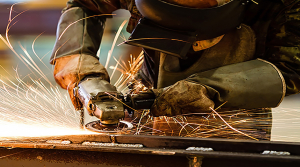
When Standard Fabrication Works Best
Standard fabrication is often the go-to choice when time, cost-efficiency, and simplicity are key. It’s ideal for projects with fewer customisation needs, where functionality matters more than form or precision.
Mass Production and Repetition
Standard fabrication excels in high-volume production runs, especially when you’re making identical parts repeatedly. The use of existing tools, dies, and processes allows manufacturers like Kirmell to scale production rapidly while keeping costs under control.
This is especially valuable in sectors like automotive, construction, and furniture, where basic components like brackets, frames, or panels are widely used.
Simpler Design Requirements
If your part is straightforward, think flat shapes, round holes, or simple bends, there’s no need for custom work. Standard components are built with these common design principles in mind, making them more accessible and affordable.
Also, presswork, sheet metal cutting, and simple welding techniques are usually sufficient for standard projects.
Fast Turnaround Projects
When time is of the essence, say you’re replacing a worn-out part on a production line, standard components can often be shipped and installed within days. This speed is often crucial for maintenance, repair, and overhaul (MRO) operations.
Budget-First Projects
When working with limited resources, like startups or small fabrication jobs, standard fabrication offers a great entry point. You can stay within budget while still achieving reliable functionality.
Check out the top five industries that benefit from the speed of laser cutting for standard part production.
Combining Custom and Standard Approaches
The truth is, most real-world metal projects fall somewhere in between purely custom or purely standard fabrication. Combining both methods can help you achieve a balance between cost, performance, and flexibility.
Start Standard, Then Customise
One effective strategy is to begin with standard parts as a base and customise only where necessary. For example, you might use a standard metal bracket and modify it with CNC machining or laser cutting to add unique mounting holes.
Custom Fixtures with Standard Supports
Another common method is to custom-fabricate critical components, like a sensor mount or alignment jig, while using standard structural parts such as channels, beams, or enclosures. This gives you flexibility in design while keeping costs manageable.
This is common in medical devices, aerospace fixtures, and manufacturing equipment, where form and function must meet exact standards.
Save on Prototyping Costs
When you’re in the early design phase, combining methods can help you save money on prototyping. Use standard parts to build the initial prototype and then move to custom fabrication for refined versions.
Increase Production Flexibility
In long-term projects, combining fabrication methods gives you production agility. For instance, during market testing or limited product launches, custom parts can help you stand out. Once demand increases, switching to standardised parts can lower costs.
Kirmell’s fabrication team often combines standard and custom techniques to provide clients with flexibility during both prototyping and scale-up stages, saving costs while maintaining product quality.
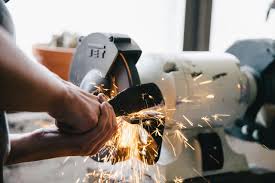
How Kirmell Supports Both Custom and Standard Fabrication
At Kirmell, we understand that no two projects are the same. Whether you’re seeking:
- A one-off custom bracket for a new prototype
- High-volume parts for ongoing production
- Precision CNC machining for medical-grade components
- Or a fast turnaround using standard presswork
Our team is here to help you find the best solution for your budget and project goals. With advanced laser cutting, CNC machining, welding, and metal presswork services, we support both custom and standard fabrication needs under one roof. Contact us today for more information.
Conclusion
So, what’s the best choice for your budget, custom or standard metal fabrication? The answer really depends on your specific project needs and priorities. If your design is straightforward, time is limited, and keeping costs low is essential, standard fabrication is likely the better option. It’s fast, reliable, and works well for general applications.
On the other hand, if your product requires precision, durability, or a unique design, custom fabrication is worth the investment. It gives you full control over materials, dimensions, and functionality.
You can also consider a hybrid approach combining custom and standard elements to strike a balance between cost-effectiveness and performance.
Still not sure which way to go? The expert team at Kirmell is here to help. We’ll guide you through the process, evaluate your requirements, and recommend the best fabrication solution for your budget and goals.
FAQs
Is custom metal fabrication always more expensive?
Can I mix standard and custom parts in one project?
What industries benefit most from custom fabrication?
How do I know which fabrication type to choose?
What is the lead time difference between custom and standard fabrication?

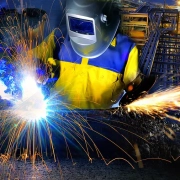
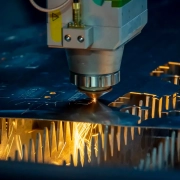
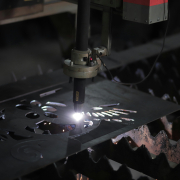
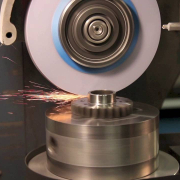
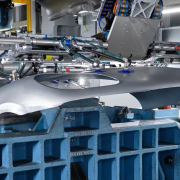
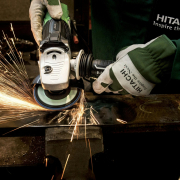

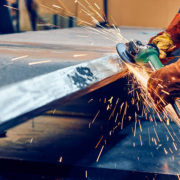



Leave a Reply
Want to join the discussion?Feel free to contribute!